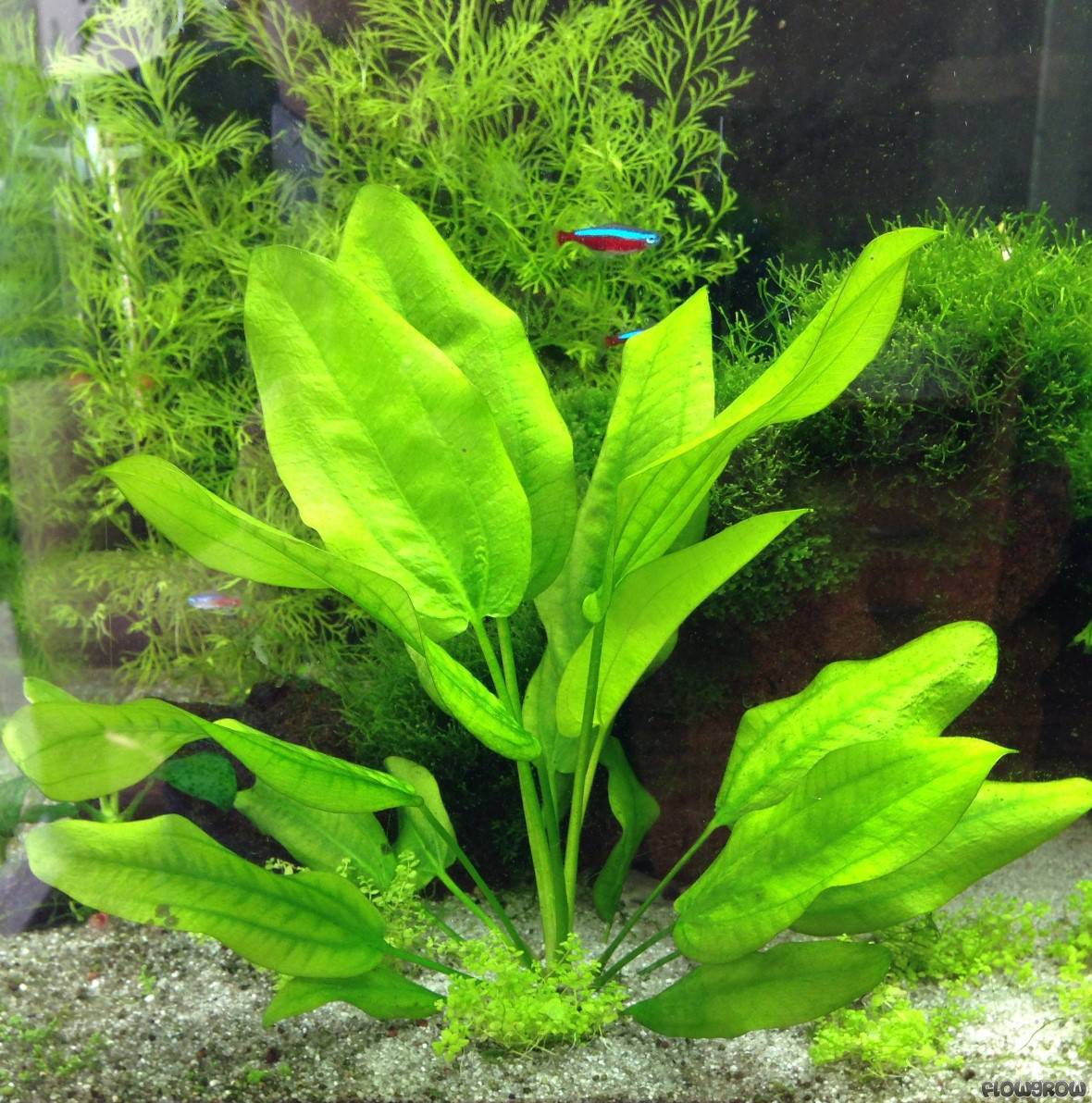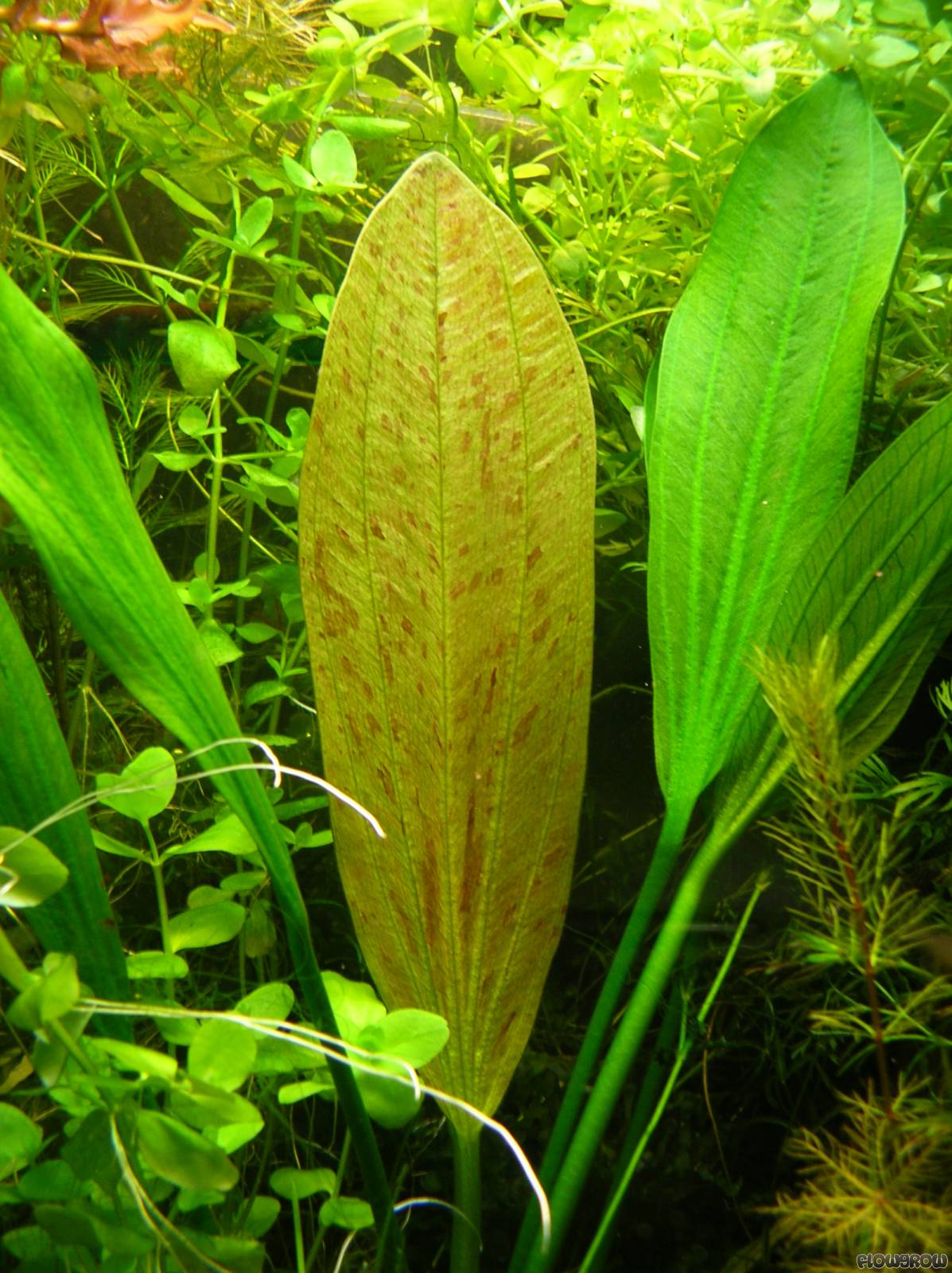Echinodorus
Echinodorus is a popular aquatic plant among aquarium enthusiasts that adds beauty and life to any aquatic environment.
Pain Points Related to Echinodorus
Many people struggle with keeping their echinodorus plants alive and healthy. They may encounter problems with nutrient deficiencies, algae growth, or inconsistent lighting. These issues can be frustrating and discouraging, especially for beginners.
Answering the Target of Echinodorus
For those who are struggling with keeping their echinodorus plants healthy, there are several things that can be done to help. Firstly, ensure that the lighting is consistent and appropriate for echinodorus. Supplementing with fertilizers can also help with nutrient deficiencies. Lastly, keeping algae growth under control with regular maintenance can help keep the plant healthy.
Main Points Related to Echinodorus
Echinodorus is a popular aquatic plant that requires consistent lighting and proper nutrient balance for optimal health. It can be prone to algae growth and nutrient deficiencies, but these issues can be addressed with appropriate maintenance and fertilizer supplementation.
Personal Experience with Echinodorus
When I first started incorporating echinodorus into my aquarium, I struggled with getting the lighting just right. I found that supplementing with a high-quality plant fertilizer helped with nutrient deficiencies and encouraged growth. Additionally, regular water changes and algae control allowed the echinodorus to thrive in my aquatic environment.

Tips for Keeping Echinodorus Healthy
Keeping echinodorus healthy requires attention to lighting, nutrient balance, and algae control. Here are some tips to help keep your echinodorus thriving:
- Use high-quality lighting that matches the needs of echinodorus
- Supplement with a plant fertilizer that contains necessary nutrients
- Keep algae growth under control with regular maintenance
- Ensure proper water circulation to prevent stagnant areas

Frequently Asked Questions About Echinodorus
1. What lighting is best for echinodorus plants?
Echinodorus plants require moderate to high lighting levels to thrive. LED lights or fluorescent bulbs with a temperature of 6500K are recommended for optimal growth.
2. Can echinodorus be grown in a low-tech aquarium?
While echinodorus can be grown in a low-tech aquarium, it may not reach its full potential without optimal lighting and nutrient balance.
3. Are there any fish or invertebrates that should not be kept with echinodorus?
Echinodorus is a non-toxic plant and is safe for most fish and invertebrates. However, it is recommended to research any specific species before adding them to an aquarium with echinodorus.
4. Can echinodorus be propagated?
Yes, echinodorus can be propagated through several methods, including dividing the root system and planting the individual plants. Stem cuttings can also be taken and placed in the substrate until new growth appears.
Conclusion
Echinodorus is a beautiful and popular aquatic plant that can add life and color to any aquarium. With proper lighting, nutrient balance, and regular maintenance, echinodorus can thrive and create a breathtaking underwater landscape.
Gallery
Echinodorus Osiris - Melon Sword - Flowgrow Aquatic Plant Database
Photo Credit by: bing.com / echinodorus osiris melon sword flowgrow rosette
Echinodorus Uruguayensis - Flowgrow Aquatic Plant Database
Photo Credit by: bing.com / echinodorus plant flowgrow 2005
Echinodorus × Schlueteri - Flowgrow Aquatic Plant Database
Photo Credit by: bing.com / echinodorus flowgrow rataj botanical name
Echinodorus Grandiflorus - Flowgrow Aquatic Plant Database
Photo Credit by: bing.com / echinodorus grandiflorus flowgrow plant rosette heiko muth 2008 aquaticplants db
Echinodorus Schlueteri - Flowgrow Aquatic Plant Database
Photo Credit by: bing.com / echinodorus flowgrow rostlinna akvaria

